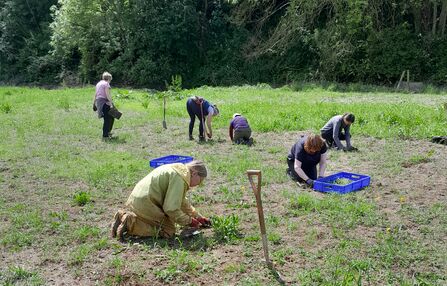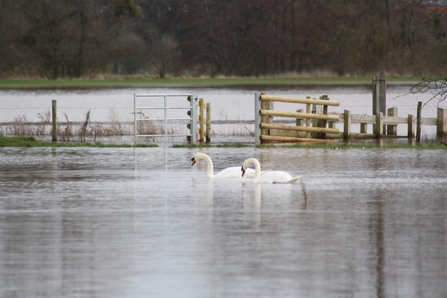Threat from development defeated – for now
Lugg Meadows, sited just on the eastern edge of Hereford City, has been in the news recently when this rare and important site was threatened by a proposal to build a huge new housing and business development right alongside the reserve.
The planning application (P240422/F) drew over 1,700 objections and moved the local community to set up a campaign group to oppose the plans. Herefordshire Wildlife Trust worked with the community group as well as Plantlife and CPRE Herefordshire to campaign against the plans which we believe would have a terrible impact on this historic and special landscape.
Fortunately, Herefordshire Council have not approved the application, communicating that they could not support the application in its current form, despite revisions from the developer which were submitted at the end of August 2025. However, we remain cautious as future applications may still be submitted for this area of land.
How you can help
As a small charity, without dedicated planning or campaigns staff, defending wildlife and habitats from unexpected threats can put a strain on our resources. Donations are vital in ensuring we can support campaigns such as this one, to defend Lugg Meadows, in the future.
Nationally, the Wildlife Trust are The Wildlife Trusts are working hard to try to limit the impacts of the new Planning and Infrastructure Bill which has reached the final stages of debate before it becomes law. We need MPs to vote to keep a key amendment - Amendment 130 - to maintain protections for wildlife and wild spaces.



